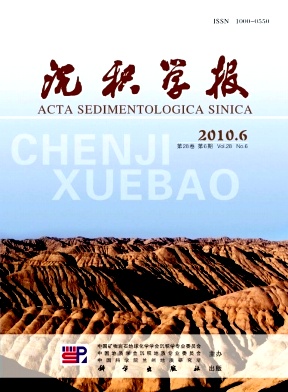Mud Flow Gully Identification Mark, Type and Depositional Model in the Littoral and Neritic Marine: A case study of Dongfang11 gas field in Yinggehai Basin
- Received Date: 1900-01-01
- Rev Recd Date: 1900-01-01
- Publish Date: 2010-12-10
-
Key words:
- littoral and neritic marine /
- mud flow gully /
- shoreface sand bar /
- depositional model
Abstract: In the littoral and neritic sedimentary environment, there is a special kind of gravityflow deposition, known as mud flow gully. Mudflow gully filled with mudstone mainly positive rhythm, the thickness of the middle, often incised the sand body below it. Vertically, the mud flow gully was often underlain by shoreface or offshore sandbar and beach sand and overlain mostly by offshore mudstone deposition. Mud flow gully mainly formed at the topography transition area of shore and offshore, due to the tectonic events which resulted in slumping of plastic, low diagenetic consolidation finegrained sediment and forming a gully shape similar to incised valley. Finally, in the gentle terrain, those mud flows began to afflux and generate contiguous cluster distribution characteristics. According to the size of incising sand body, mud flow gully can be classified into “deep”, “middle” and “shallow” three types. In which, “deep gully” performanced for the “deep and wide”, mainly developed in the terrain slopebreak area and incised the sand body deeply; while “shallow gully” presented “shallow and narrow”, appeared mainly in the upper area of flat terrain with a lower level of a weak cut; meanwhile, “middle gully” cutting degree was between deep and shallow depth. Mud flow gully was the lateral seepage barrier for reservoir sand bodies, and usually, shallow gullies were often found in the center of sand body, deep gullies were located in the edge of the sand body and middle gullies were between such two. Influenced by the mud flow gullies, sand bars were isolated and at the same time, because of the impact of intercalation mudstone, sand body’s lateral and vertical continuity and connectivity became worse.
| Citation: | LI Shengli. Mud Flow Gully Identification Mark, Type and Depositional Model in the Littoral and Neritic Marine: A case study of Dongfang11 gas field in Yinggehai Basin[J]. Acta Sedimentologica Sinica, 2010, 28(6): 1076-1080. |






 DownLoad:
DownLoad: